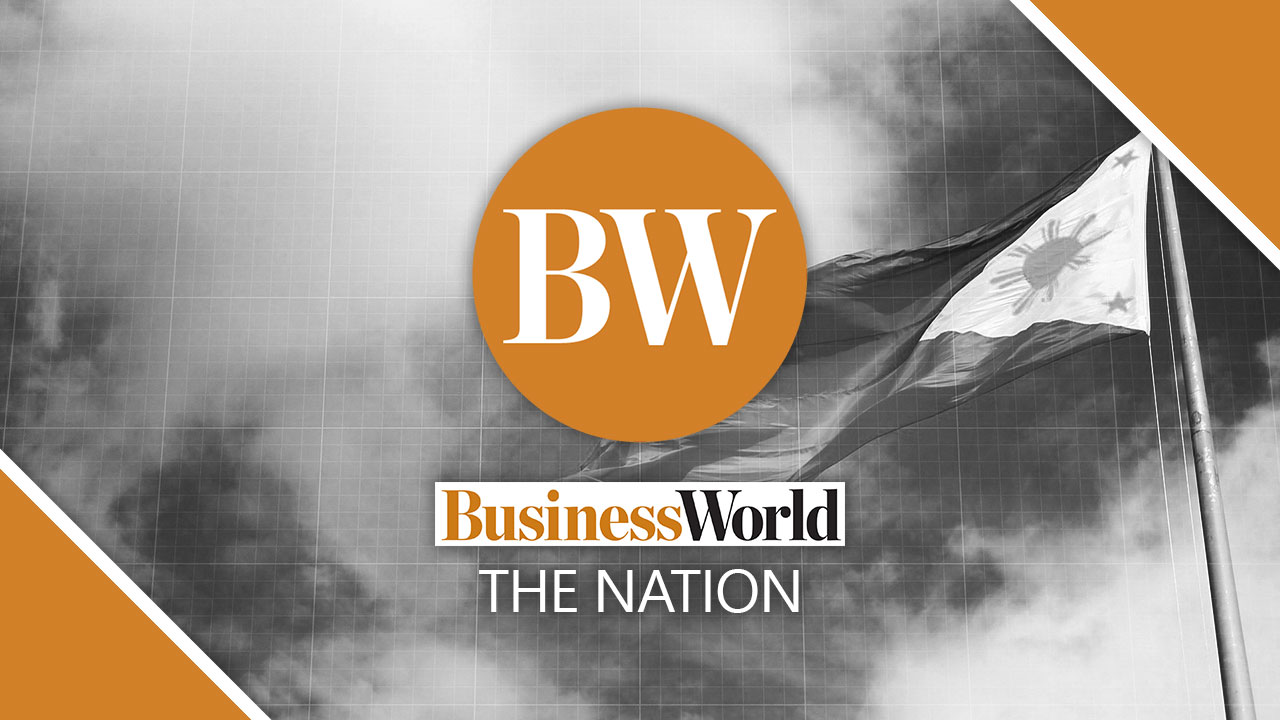
THE PHILIPPINE’S supply of calories reached 2,989.54 kilocalories in 2021, up 6.4% from 2,810.28 kilocalories in 2020, the Philippine Statistics Authority (PSA) reported on Thursday.
Food Balance Sheets (FBS) compiled by the PSA indicate how adequate food supply is relative to the population’s nutritional needs.
Out of the 20 food items listed, half posted growth rates.
Growth in calories were mainly attributed to vegetable oils at 70.6% in 2021 from 11% in 2020; fruits 38.7% from 11.5%; and alcoholic beverages, 23.2% from -7.7%.
On the other hand, contractions were posted on miscellaneous foods, stimulants, and milk (excluding butter).
Supply of both proteins and fats grew by 3% and 5.9% to 85.55 and 60.1 grams/day, respectively, a reversal from the 3.9% and 5% slump in 2020.
With 10 out of 19 food items in proteins, the following contributed to the growth of supply in 2021: Alcoholic beverages (195.7% in 2021 from -34.8% in 2020), sugar and sweeteners (75.1% from -20.6%), fruits (41.7% from 12.3%), and treenuts (13% from -1.9%).
In the supply of fats, 11 out of 20 items posted growths, led by vegetable oils (70.6% in 2021 from 11% in 2020), fruits (42.8% from 12.7%), offals (13% from -21.1%), and eggs (6.8% from 2.1%).
The self-sufficiency ratio (SSR), the percentage of food supply coming from local production, was at 80%. This is lower than the 83% and 81.4% in 2020 and 2019, respectively.
Meanwhile, import dependency ration (IDR), the percentage of food supply coming from imports, was at 25.1%, higher than the 24.8% in 2020, but below the 28.8% in 2019. — Bernadette Therese M. Gadon



